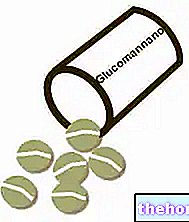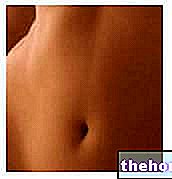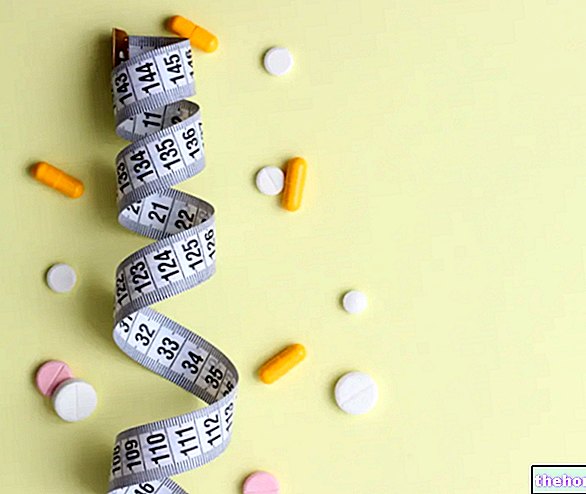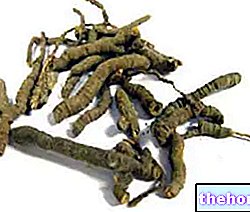When it comes to supplements, there is no shortage of "experts". In fact, there are numerous industry forums where there is a lot of writing about brands, active ingredients, quality standards, etc. All in all a useful thing, if it were not that often among the various "pseudo-experts" there are children who speak for bias or because they are influenced by pressing marketing campaigns (such as the famous bodybuilder who recommends a certain product giving it credit for his muscle development). Other times it is the forum administrators themselves who have an economic interest in promoting a particular brand of supplements while discrediting others. In this "trade war", we often end up running into misleading advertisements:
products that should contain premium quality raw materials sold at a lower price than the same substances purchased from the wholesaler (a classic example is the pharmaceutical grade Ajinomoto amino acids produced in Japan).
Justification of very high prices with the presence of additional substances compared to standard formulations, when in reality these additions, put together, cost very little or less than the raw material (addition of Chinese creatine to quality proteins; addition of digestive enzymes or lactic ferments the whose total cost per package of product does not exceed one euro, etc.).
Attribution of excessive importance to minor aspects, such as the type of jar and the image on the label, or to subjective characteristics (such as the taste or the results obtained, when perhaps it is not the merit of the supplement itself but of the diet and method of training undertaken).
Waiting to publish the results of a research conducted in collaboration with the University of Ferrara - which towards the end of January 2010 will tell us how many proteins are actually contained in about twenty protein supplements of various brands (see results) - we report the tolerance limits compared to the nutritional contents declared on the label (source: Ministry of Health).
LIMITS OF ACCEPTABILITY OF THE NUTRITIONAL CONTENTS DECLARED ON THE LABEL
Total protein (N x 6.25):
for contents up to 1.5% (*)
for contents higher than 1.5%
± 0.2 units
± 15%
for contents up to 2.5% (*)
for contents higher than
fatty acids
total phospholipids
individual phospholipids
± 0.5 units
2,5% ± 15%
± 25%
± 20%
± 25%
Total carbohydrates, sugars, polyalcohols:
for contents up to 10%
for contents above 10%
± 1 unit
± 15%
or 250 IU / 100 g
± 50%
(beta) Carotene
Carnitine
Coenzyme Q 10
Choline
Creatine
Dietary fiber, inulin
Flavonoids or anthocyanins
Glutathione
Nucleotides
+ 30% / -20%
± 15%
± 20%
± 25%
± 15%
± 25%
± 30%
± 20%
± 25%
(*) Key: for these products the declaration "not higher than ..." is allowed: in this case only the higher value is applied.
Notes: Tolerances do not apply to carbs calculated by difference.
For products with a reduced sodium content, the declaration "not exceeding ..." is allowed; in this case only the higher value applies.
In this article we place the emphasis on protein supplements, including the so-called gainers, for which we have a tolerance limit of ± 15% on the protein content declared on the label. In practice, if the packaging of a product specifies a protein content equal to 90 grams of protein out of 100, the supplement may very well contain 78 without any legal problem for its manufacturer. Obviously, however, the cost difference between a 90% "protein" and a 78% one is certainly not negligible (quantifiable in 30%).
For those who base the quality of a protein supplement on taste, remember that the "addition of flavoring and sweeteners inevitably decreases the protein percentage. This is why, generally, a vanilla product contains more proteins than the twin banana supplement. where the addition of flavoring is greater. Even the high solubility, obtained by spraying a lecithin solution on the powders during the production processes (lecithinization), can indicate a lower protein content than a product that dissolves less well. We must not forget that the protein percentage is not the only important qualitative parameter. We know, for example, that whey proteins obtained by ion exchange, although presenting a "very high protein percentage, are poor in some important components - such as lactoferrins, immunoglobulins and glycomacropeptides - which are lost or denatured during the production phases (the ion exchange process separates proteins on the basis of their electric charge, through the use of certain chemicals). These fractions are instead conserved with the various filtration methods used to produce concentrated Whey protein; among these the classic microfiltration and ultrafiltration techniques stand out, which use physical filters to separate fats and lactose from the protein, without damaging it (the differences between the two are minimal and depend on the size of the filtration pores, about one micrometer in microfiltration and 4 times lower in ultrafiltration). As stated above, ultrafiltered and microfiltered Whey proteins tend to have a lower protein content (about 80%) than ion exchange ones (which reach or slightly exceed 90%). The best compromise, in this sense, is offered by Whey proteins obtained using a technique called cross-flow microfiltration, which allows to reach protein levels close to 90% while retaining important components such as lactoferrins and macropeptides.
The next time you buy a protein supplement, try to do it in a thoughtful way, evaluating its quality based on objective criteria. With the study that we are about to undertake, we will help you to know the real nitrogen content of the best-selling protein supplements, in order to provide you with a further and important meter to evaluate their quality.





























